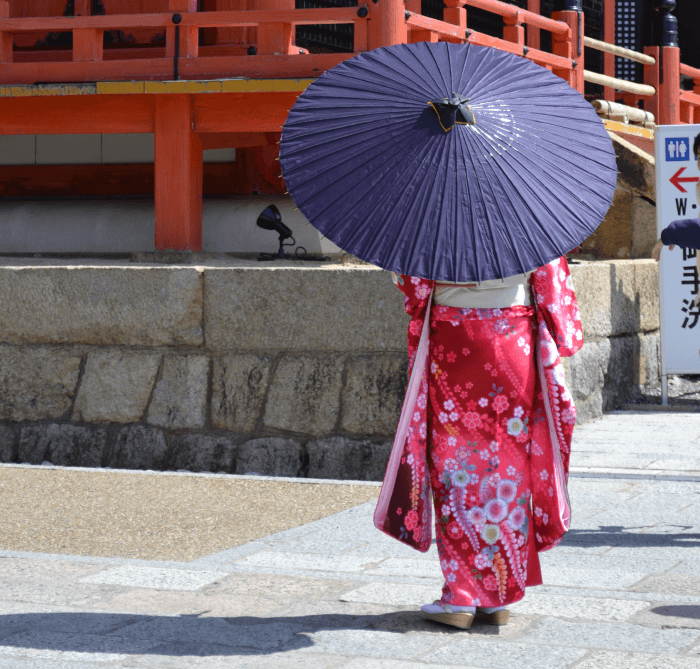Visual similarity in trademark law refers to the resemblance between two or more trademarks in their visual appearance. This includes the shape, color, design, and other visual elements of a trademark that are likely to be noticed by consumers.
When assessing the visual similarity between trademarks, trademark authorities and courts consider various factors such as the degree of similarity or dissimilarity in appearance, the overall impression created by the trademarks, and the similarity of the goods or services for which the trademarks are used. They also take into account the level of attention of the relevant consumers and the likelihood of confusion that may arise as a result of the similarity between the trademarks.



